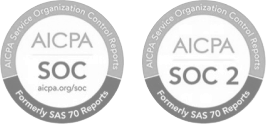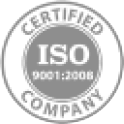Resume
Article Navigation
What Is a Resume?
A resume is a professional document summarizing an individual’s qualifications, skills, work experience, and education. It is a critical tool for job seekers, serving as both a personal marketing document and a screening resource for employers. Resumes are typically concise and tailored to specific roles, helping candidates stand out in competitive job markets.
Why Is a Resume Important?
Resumes are essential in the hiring process because they:
- Provide a structured overview of qualifications and experience.
- Help recruiters quickly assess a candidate’s fit for a role.
- Serve as a first impression before interviews.
- Increase the chances of landing interviews when optimized for applicant tracking systems (ATS).
What Is Included in a Resume?
A well-structured resume usually contains the following sections:
- Contact Information: Includes full name, phone number, email address, and location (city/state).
- Professional Summary: A brief statement highlighting career objectives, strengths, and key achievements.
- Education: Details of academic qualifications, institutions attended, and graduation dates.
- Work Experience: A chronological or functional summary of roles, responsibilities, and achievements relevant to the target position.
- Skills: A list of technical and soft skills tailored to the job.
- Certifications and Licenses: Relevant qualifications that strengthen the applicant’s expertise.
- Languages: Optional, but valuable for roles requiring multilingual abilities.
- Resume Template: Structured designs that enhance readability, often following formats like chronological, functional, or combination styles.
How Is It Different from a CV?
- Resume: Typically one to two pages, concise, role-specific, and tailored for a particular job.
- CV (Curriculum Vitae): More comprehensive, often used for academic or research roles, and includes details such as publications, awards, and professional memberships































 Back
Back